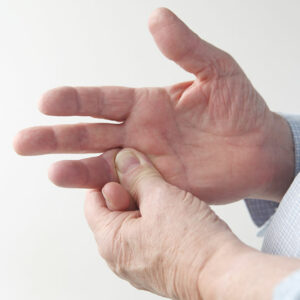8 signs it’s time to consider assisted living

As a person ages, it is natural to need more help. That’s what assisted living communities are for. These communities provide seniors with physical, emotional, and social support as they age. At the same time, they ensure not to impede the individual’s sense of independence. While deciding to shift a loved one into an assisted living community can be difficult, families might have to take that step if some signs and situations become apparent.
Chronic health issues
With age, one is bound to develop chronic health conditions. As these conditions worsen, seniors may need care and support around the clock, which may not be possible at home. In such scenarios, it may be better to check into an assisted living or long-term care facility with experienced staff who can handle the senior’s medical needs.
Recent falls
Mobility and balance issues are common reasons why seniors have falls. Since a fall can have serious consequences, it is important to have round-the-clock care and monitoring, which assisted living communities provide. Many communities also have on-site staff trained to handle emergencies. They also have safety features like security systems, automatic door locks, mobility assistance, and enhanced lighting to make it easier for seniors to move around.
Inability to handle daily activities
Many seniors are comfortable living alone but need a helping hand with daily activities like cooking or cleaning. This makes them great candidates for an assisted living community, where they can find help and support according to their needs while maintaining self-sufficiency.
Poor eating habits
Difficulties in cooking are likely to impact one’s eating habits as well. Some signs to look for include forgetting to eat, not drinking enough fluids, and a loss of appetite. This problem can easily be managed in an assisted living community because they provide regular, nutritious meals based on one’s needs.
Feeling isolated
Living alone can be a very isolating experience. Seniors dealing with these feelings may be good candidates for assisted living communities, as they get to socialize with a similar age group. These communities also host activities like dance sessions and board games to get seniors out of their shells and give them a better chance to thrive in their golden years!
Poor hygiene
Taking care of oneself becomes tougher with age, which may also lead to poor upkeep of the surroundings. Since assisted living facilities take care of these daily needs, moving into one may benefit some seniors.
Too much stress on the caregiver
Some take on the responsibility of caring for the seniors in their family at home. But as needs grow, this can become emotionally, physically, and financially draining. An assisted living community may be a good solution if such a situation arises.
Wandering off
Some seniors love the feeling of living alone. But dementia or other cognitive issues may catch on with age, resulting in reduced mental awareness and wandering off. If this is a leading cause of worry, an assisted living community might be able to help by providing 24×7 care and support.



